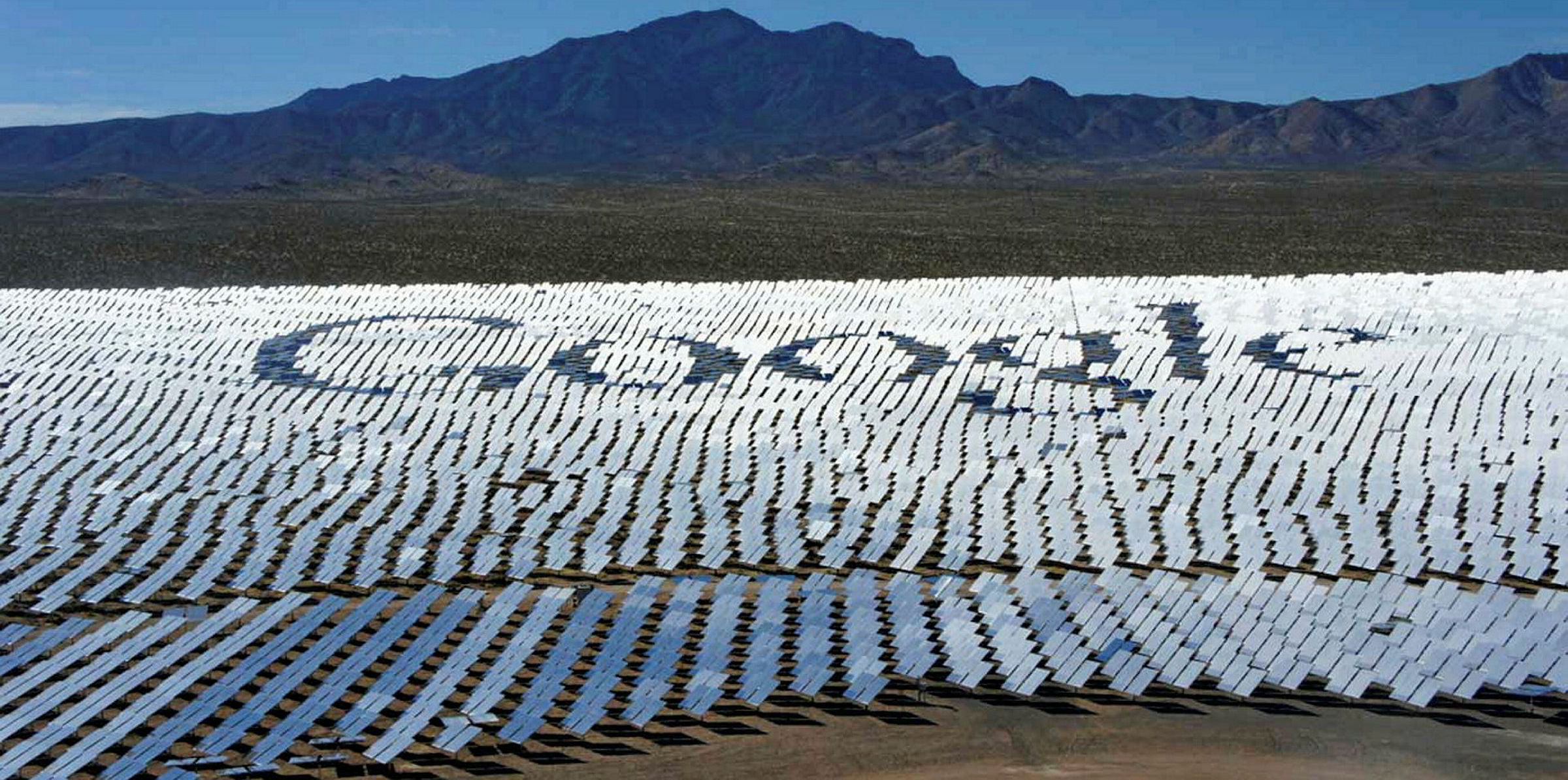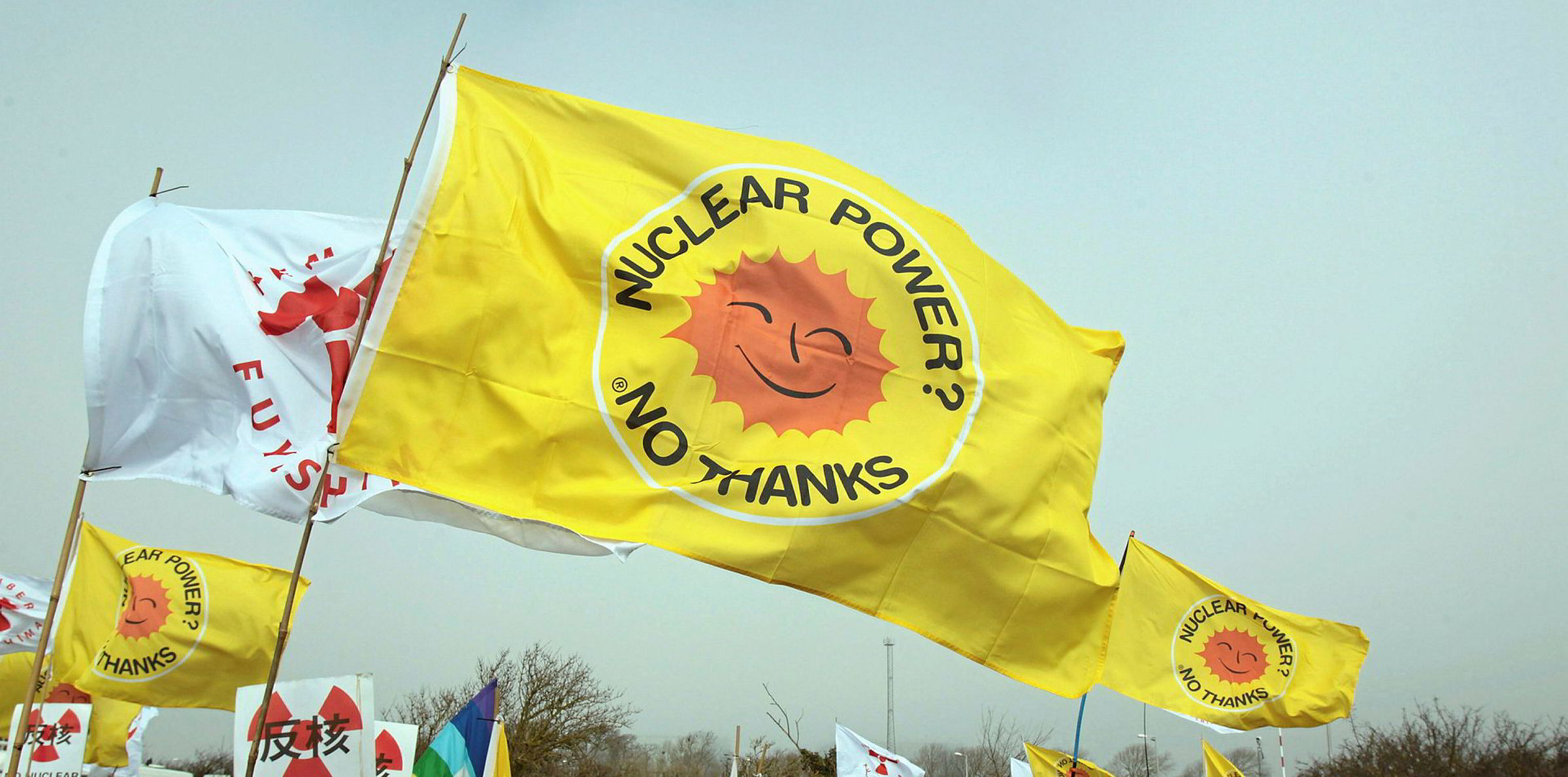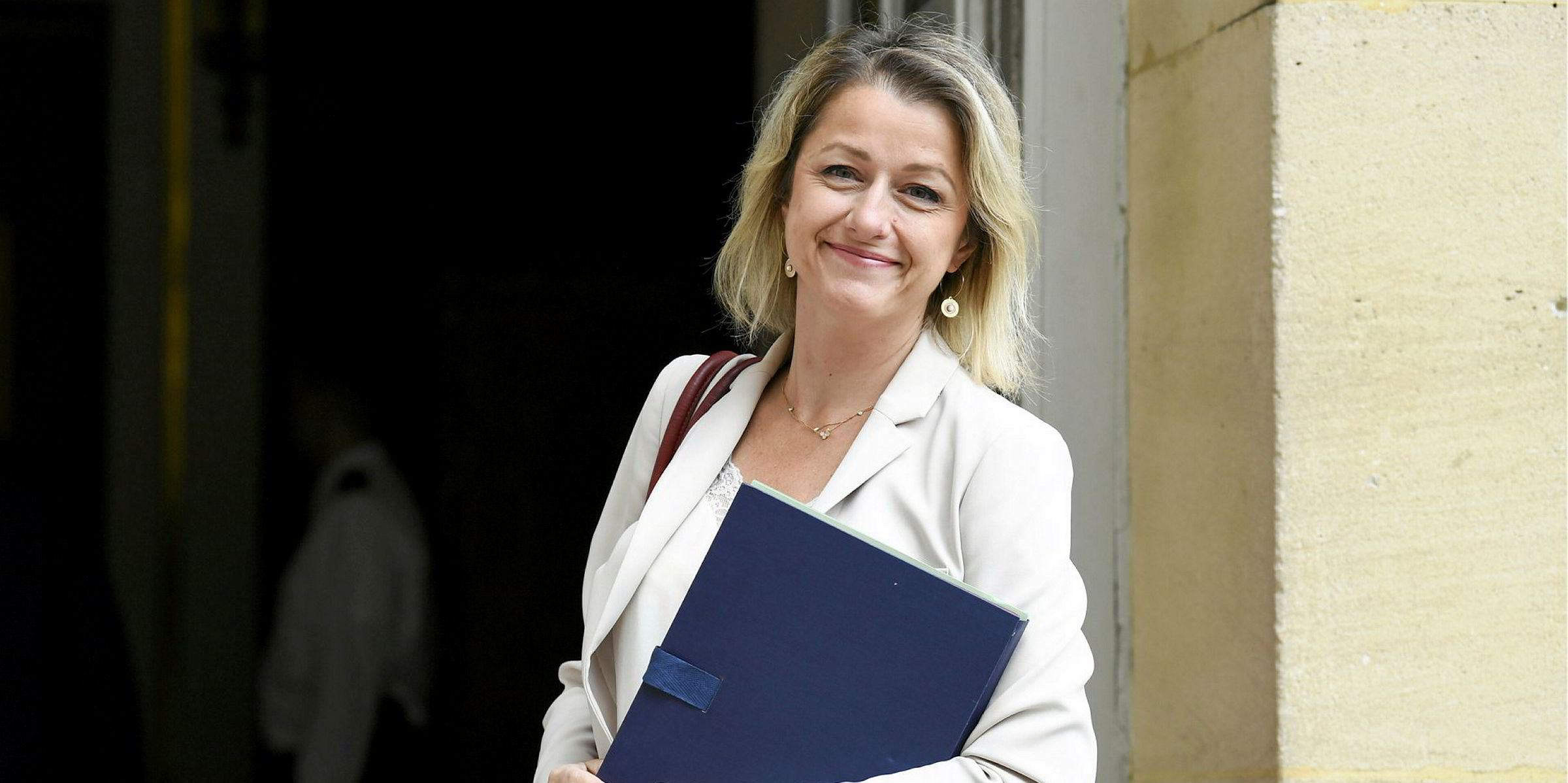The Dutch government is planning to launch a consultation on building new nuclear power plants after a study commissioned by the economics and climate ministry claimed atomic energy is as cheap as wind or solar power – and the safest way to produce electricity in the country.
The report handed to the Netherlands puts nuclear above renewables and coal in the safety league, despite citing the impacts of high-profile incidents such as Chernobyl and Fukushima.
The cabinet in The Hague will work on a motion approved in parliament to investigate what kind of public support would be needed, and in which regions there is interest in the construction of a new nuclear plant, economics and climate minister Erik Wiebes said in a letter to the lower house of parliament.
Following an earlier motion by two government lawmakers, Wiebes had commissioned a report from nuclear energy consultancy Enco into the 'Possible Role of Nuclear in the Dutch Energy Mix in the Future' until 2040.
Get the market insight you need into the global oil & gas industry's energy transition – from the new newsletter from Upstream and Recharge. Sign up here
“The researchers argue that nuclear energy is no more expensive than wind and solar if the system costs are included in the same way. They argue that the system costs of solar and wind are insufficiently weighted in the costs of those technologies,” Wiebes said in the letter to parliament, adding that an extension of the operating life span of existing nuclear power stations is the cheapest way to reduce CO2.
Safer than solar and wind?
Even more surprisingly, the report also claims that nuclear energy is actually the safest way to producer power per terawatt hour of electricity.
“Safer than sun [sic] and wind. Investments for safety are not an issue in the sector. Investments are for 60 to 80 years,” Wiebes said, citing findings of the report.
A press official at the Dutch economics ministry told Recharge that the minister was referring to the report and not stating his own or the government's view, but also acknowledged that Wiebes sees nuclear energy as an option to push down the carbon intensity in the country's energy mix.
The Enco report claims that "with increased safety requirements, the nuclear power industry is the safest power generation available that is known to mankind today."
Citing findings from Switzerland's Paul Scherrer Institute, the report goes on to say that even when accidents occur and radioactive releases are taken into account, the impact on the population is much lower than that of any other energy source if measured in fatalities per terawatt hour each year.
According to the institute's figures, nuclear power has caused less than 0.01 deaths per TWh each year, compared to 0.245 deaths in solar, 8.5 in offshore wind, or 120 in coal - but no time frame was given for the average casualties.
Like Enco, the Paul Scherrer Institute has links to the nuclear industry, though, and according to reports by the Tagesanzeiger and other Swiss newspapers until 2016 stored 20 kilogrammes of weapons-grade plutonium in a secret storage facility for the Swiss government, which was then shipped to the US.
The Swiss government later said the material was not weapons-grade. Switzerland until the late 1980s reportedly considered developing its own nuclear weapons.
The Enco report also claims that only several dozen people died from the 1986 Chernobyl accident, with "some hundreds additional deaths caused by cancers," and says only a few dozens of fatal cancers might be expected over several decades as a result of the 2011 Fukushima nuclear meltdown.
That is far less than the up to 4000 people, the World Health Organization in 2005 said could eventually die of radiation exposure as a result of the Chernobyl disaster. A 2016 report by the International Physicians for the Prevention of Nuclear War (IPPNW), however, links hundreds of thousands of deaths to the accident, and said millions suffer from long-term health consequences.
Small nuclear reactors?
The statements on cost contradict all recent experiences with the construction of new nuclear power stations, for example in France or Finland, which have cost many times the original estimate and are only being completed with decade-long delays.
Wiebes said, however, that a prerequisite for competitive nuclear energy in the country – with one or more nuclear power plants – would be for the Netherlands to join existing nuclear build-out plans from other countries to take advantage of serial production.
According to Enco’s report, small nuclear reactors (SMRs) could become an alternative to larger plants, as serial production in factories and a shorter construction time coupled with a modular design would make financing easier and lower the construction risk. The consultants acknowledge, though, that SMRs have not reached the commercial stage anywhere in the world.
It is unclear, whether Enco can be considered impartial, as the company was founded by former experts from the International Atomic Energy Agency (IAEA), which has the goal to promote the use of nuclear energy for peaceful purposes.
Borssele nuclear plant
The Netherlands currently have only one small nuclear power station in operation, the 485MW Borssele plant – not to be confused with offshore wind projects of the same name. Earlier plans to decommission it were shelved, and the government in 2006 decided Borssele would remain operational until 2033.
Looking into the business case for new nuclear power stations counts on the support of the ruling liberals from the VVD (the party of prime minister Mark Rutte) and the Christian Democrats, according to Dutch media, but the two parties also said any new power stations should be built without government subsidies as happens with wind and solar farms.
All of the Netherlands' neighbours have operational nuclear power stations, but Germany will phase them out by the end of 2022, and Belgium by 2025.
France plans to reduce its dependency on nuclear power, while the UK is building new plants but at a price that is much higher than that of offshore wind. The most notable British example is the controversial Hinkley Point C project in southwest England, whose ballooning costs and 35-year, £92.50/MWh ($116/MWh) (at 2012 prices) power deal with the UK government is regularly compared to the roughly £40/MWh for which offshore wind is now selling its electricity from multi-gigawatt projects that match nuclear for scale.
None of these countries have deep geologic depositories to store highly radioactive waste safely, nor are long-term costs for nuclear waste storage priced in in electricity prices. Highly radioactive waste needs to be stored safely for one million years, according to Germany's office for radiation protection.
Swedish utility Vattenfall, which operates both nuclear power plants in Sweden (that are supposed to be phased out) and is building the subsidy-free offshore wind farms in the Netherlands, said new nuclear would be possible, but depends on political decisions.
Thorbjörn Wahlborg, head of generation at Vattenfall, at a strategy webcast today acknowledged that nuclear "doesn't look very competitive" as far as its production costs are concerned, but said if other values are added, such as system services, grid stability, or reactive power capacity, the technology could be interesting.
IEA policy review
The new nuclear debate in the Netherlands comes as the International Energy Agency (IEA) in its latest policy review of the country said The Hague's current approach for a rapid transition to a carbon-neutral economy is well balanced.
Following a broad social and political debate that lead to a climate agreement, the Netherlands target to reduce emissions by 49% by 2030, and by 95% by 2050 – both when compared to 1990 levels.
“The Netherlands has a clear vision for reducing its dependence on natural gas while protecting energy security,” IEA executive director Fatih Birol said.
“In addition, its commendable leadership on low-carbon hydrogen will help drive cost reductions that are needed for this important technology to play a key role in accelerating clean energy transitions around the world.”
The country has one of the world’s most ambitious offshore wind programmes, and plans to build 11.7GW in offshore wind by 2030. The government also mulls giant wind farms at sea for the production of green hydrogen, which would be transported to land via existing or new H2 pipelines.
The IEA, however, also pointed out that the Netherlands currently still remain heavily reliant on fossil fuels and have a concentration of energy and emission-intensive industries.
UPDATES to add detail from Enco report, Dutch government, Swiss newspapers, Vattenfall.(Copyright)


